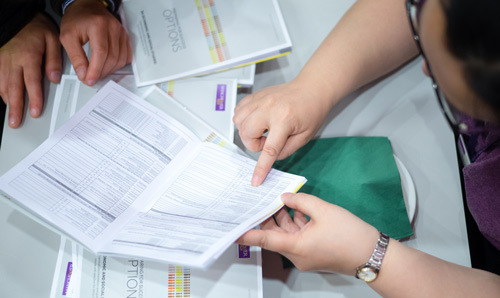
What is Social Statistics?
Social statistics is the use of statistics to study human behaviour and social environments. Social statistics data is information or knowledge on an individual, object or event.
Understanding society
Social statistics are a means of investigating and testing research questions and policy impacts across different areas of people’s lives. These observations can help our understanding of society. Social Statisticians are concerned with such questions as:
- How are populations growing?
- Are wealthy people happier?
- Is society becoming more tolerant of diversity?
- How do people cope with financial hardship?
- Do people with higher qualifications earn more?
- Does volunteering increase your sense of wellbeing?
What are statistics?
Statistics are numbers, summaries of patterns and can also be probabilities.
Statistical analysis can include the design and collection of data, its interpretation and presentation.
Social statistics and quantitative data analysis are key tools for understanding society and social change. We can try to capture people’s attitudes and map patterns in behaviour and circumstances using numbers and also describe how people and populations change.
What is data?
Data can be numerical values or text, sounds or images, memories or perceptions.
Often the concept of data suggests information that has been through some kind of processing and having a structure. However, many examples of new types of data have very different and often unstructured formats; for example, millions of tweets or thousands of PDFs of public documents.
Huge quantities of data on people, organisations and social groups are collected each day, across the world. As social statisticians, it is our role to analyse and make sense of the huge volumes and sources of data using hypothesis-driven social research.
Social statistics in practice

Social statistics are used by The United Nations Social Statistics Division to analyse differences among social groups and countries, covering such issues as housing, health, education, conditions of work and employment.
The Division pay special attention to the study of conditions of special population groups, including children, the elderly, the unemployed, and people with disabilities.
Compare the facts
Social statistics are also used to compare data from before and after a policy intervention.
For example, we need statistics to measure poverty in the first place and we then may want to assess the impact and costs of a policy providing financial support to families living in poverty.
Patterns and relations
Statistical analysis techniques can be used to explore patterns and underlying relationships in data sets, such as:
- in relation to people’s responses to multiple questions in a survey;
- to take account of aspects of people's circumstances such as the unemployment rates of where they live;
- the educational standards of the class and/or school they are studying in;
- to measure change through longitudinal surveys where people are interviewed at different points during their lives.
My master's degree provides a good foundation of statistical and research methods and I have really enjoyed the course units on more advanced statistical methods.
Emily Buehler / MSc Social Research Methods and Statistics student
Statistical testing and modelling techniques can be used to generalise from small samples to larger populations, for example:
- predicting the outcome of an election;
- tracking attitudes towards the economy in a country.
Probability tests can be used to identify the key factor(s) associated with a particular outcome or behaviour. For example, are older people more likely to be worried about being a victim of crime than younger people once you have taken account of their family status, education, job and the type of area they live in?
If you want to learn more about studying Social Statistics at The University of Manchester please visit our Courses page to explore our undergraduate courses, master's degrees and PhD programme, or find out what's been happening in the Social Statistics department on our News page.
Discover more

Social Statistics courses
Explore our undergraduate and master's degree options, and PhD opportunities.

Why study here?
Both our research and our teaching rank consistently highly.


